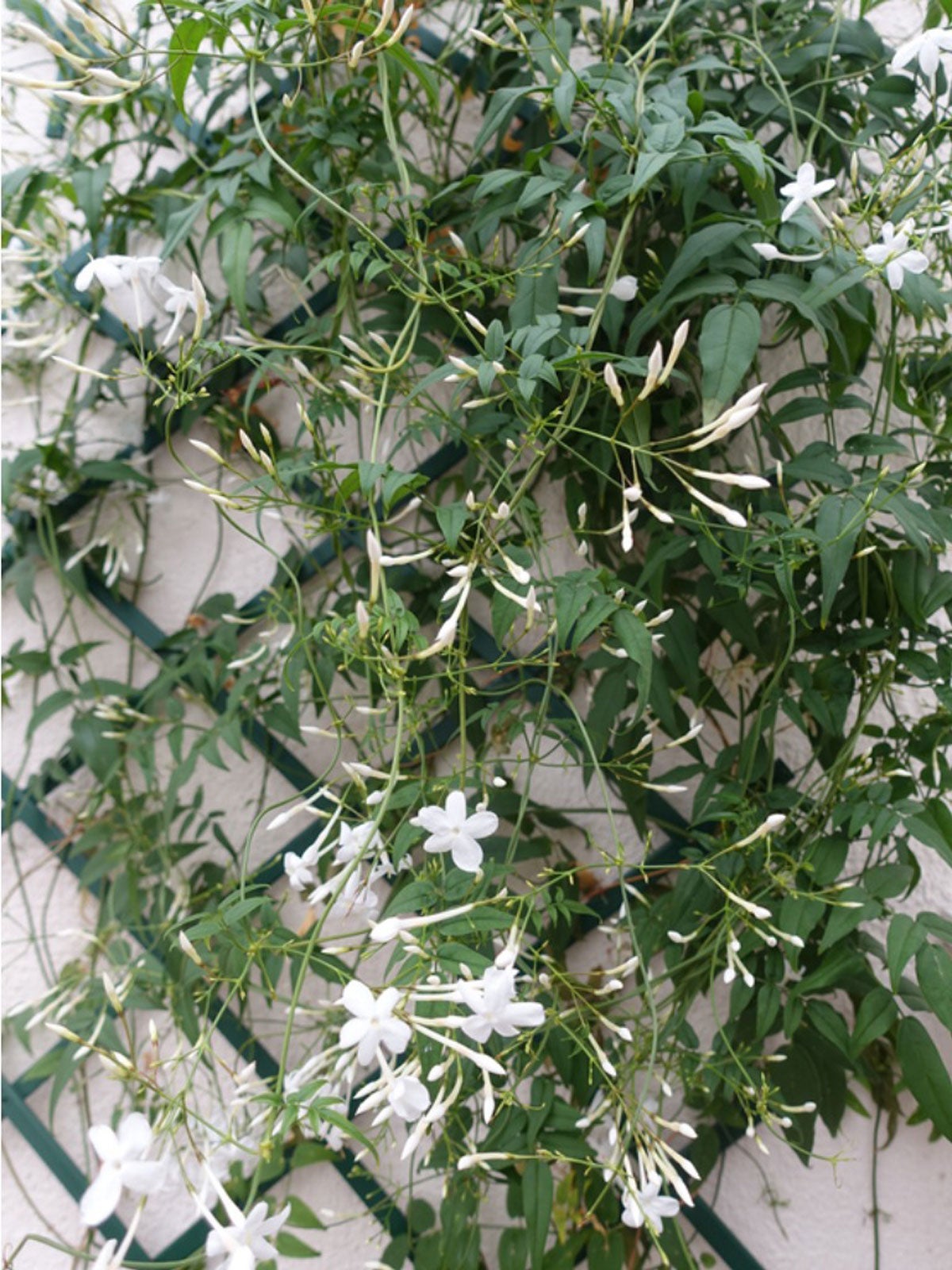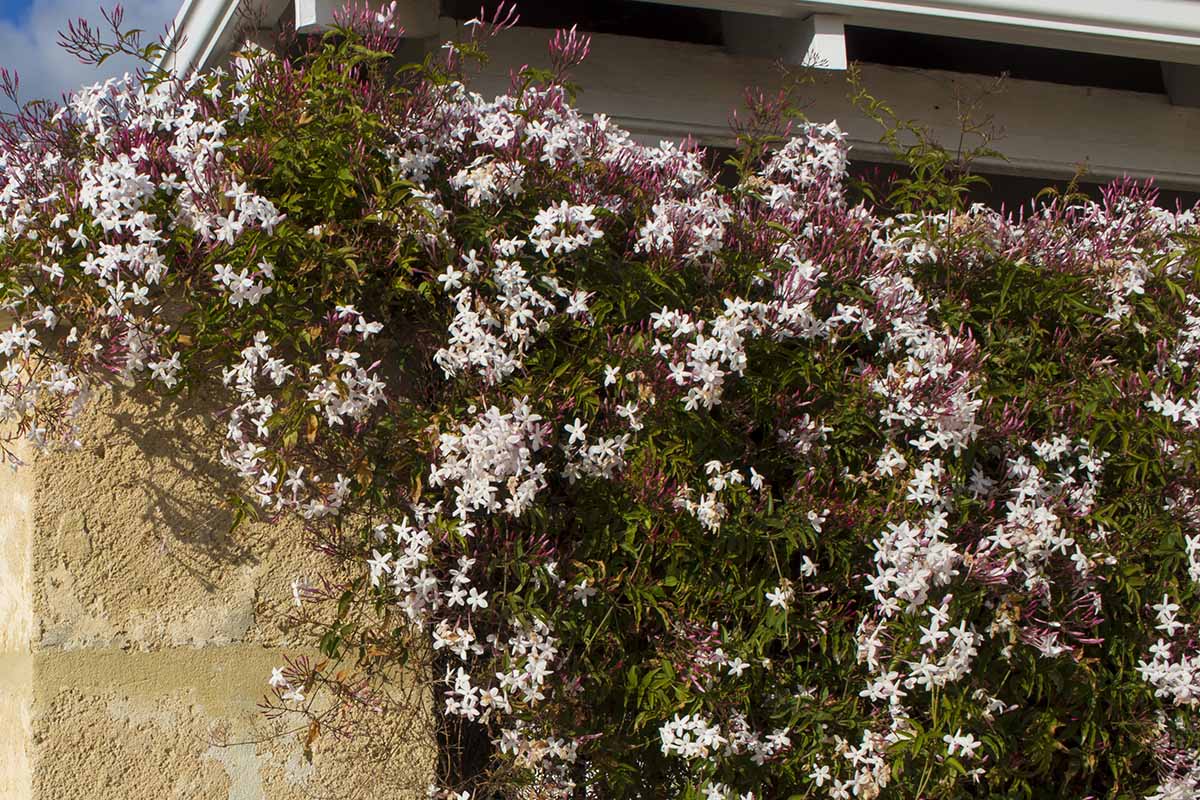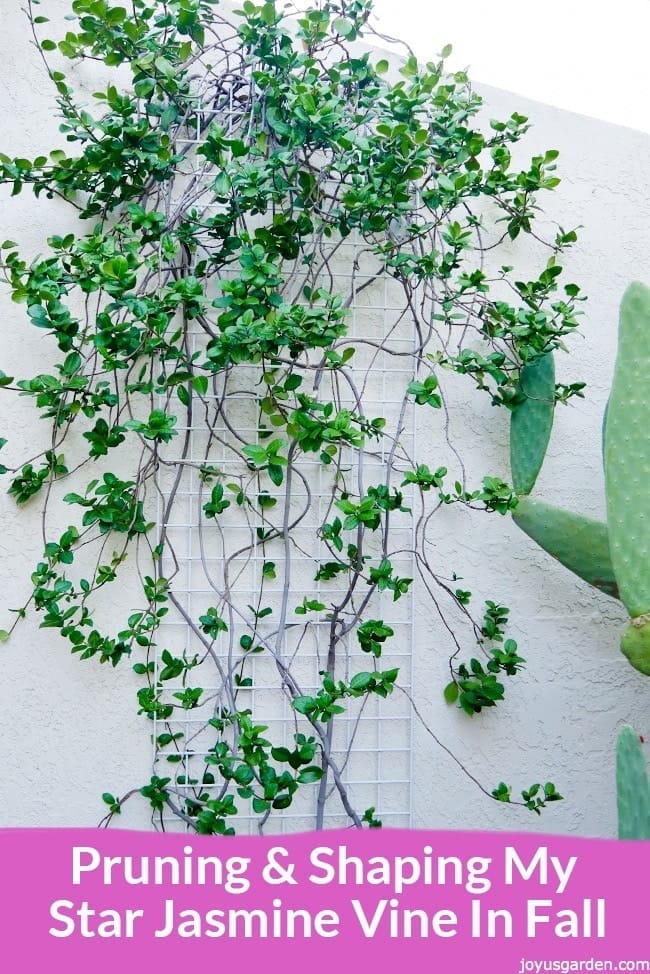Unlocking the Secrets of Jasmine Vine Success
Jasmine vines are renowned for their captivating beauty and intoxicating fragrance, making them a popular choice for gardens and indoor spaces. With proper care, these flowering vines can thrive, providing a stunning display of color and scent for years to come. However, neglect or improper care can lead to weak, leggy growth, and a lack of blooms. To ensure the health and longevity of your jasmine vine, it’s essential to understand the importance of proper care. By learning how to care for jasmine vine, you can unlock the full potential of these lovely plants and enjoy their beauty for seasons to come. Whether you’re a seasoned gardener or a beginner, this comprehensive guide will provide you with the knowledge and skills necessary to care for your jasmine vine and keep it thriving.
Choosing the Right Jasmine Vine Variety for Your Climate
With over 200 species of jasmine vines, selecting the right variety for your climate and desired growth habits is crucial for success. Star Jasmine (Trachelospermum jasminoides), Winter Jasmine (Jasminum nudiflorum), and Arabian Jasmine (Jasminum sambac) are three popular types of jasmine vines, each with its unique characteristics and requirements. When choosing a jasmine vine variety, consider factors such as hardiness zone, soil type, and desired growth habits. For example, Star Jasmine is ideal for warm climates and can thrive in poor soil, while Winter Jasmine prefers cooler temperatures and well-draining soil. By selecting the right variety, you’ll be well on your way to learning how to care for jasmine vine and enjoying its beauty and fragrance for years to come.
How to Plant and Establish a Healthy Jasmine Vine
Planting a jasmine vine is a crucial step in its development, and with the right techniques, you can set your vine up for success. Before planting, prepare the soil by loosening it to a depth of 12-18 inches and mixing in organic matter such as compost or well-rotted manure. Choose a location with full sun to partial shade, depending on the variety, and space the vines 3-6 feet apart. When planting, dig a hole twice as wide and just as deep as the root ball, and gently remove the vine from its container. Place the vine in the hole, backfill with soil, and water thoroughly. Provide support structures, such as trellises or arbors, for climbing vines to grow upwards and outwards. Water regularly, but avoid overwatering, which can lead to root rot. By following these steps, you’ll be well on your way to learning how to care for jasmine vine and enjoying its beauty and fragrance for years to come.
Illuminating the Path: Lighting Requirements for Jasmine Vines
Jasmine vines require specific lighting conditions to thrive, and understanding these needs is crucial for learning how to care for jasmine vine. Most jasmine vine varieties prefer bright, indirect light, especially during the growing season. Direct sunlight can be beneficial, but it’s essential to provide some shade, especially in warmer climates, to prevent scorching. For indoor settings, place jasmine vines near a south-facing window or use grow lights to supplement natural light. Outdoor jasmine vines can tolerate full sun to partial shade, depending on the variety. Be mindful of the time of day and season, as intense afternoon sun can cause damage. By adjusting lighting conditions to meet the specific needs of your jasmine vine, you can promote healthy growth, blooming, and overall success.
Watering Wisdom: The Art of Hydrating Jasmine Vines
Consistent moisture levels are crucial for the health and longevity of jasmine vines. To master the art of hydrating your jasmine vine, it’s essential to understand the importance of proper watering techniques. Overwatering can lead to root rot, while underwatering can cause stress and reduced blooming. To determine the right watering schedule, start by checking the soil moisture by inserting your finger into the soil up to the first knuckle. If the soil feels dry, it’s time to water. Water your jasmine vine thoroughly, making sure the pot drains well to prevent waterlogged soil. Adjust your watering schedule according to weather conditions, such as reducing watering during rainy or cool seasons. By following these guidelines, you’ll be well on your way to learning how to care for jasmine vine and enjoying its beauty and fragrance for years to come. Additionally, consider using a moisture meter to ensure accurate soil moisture readings, and avoid getting water on the leaves or flowers to prevent fungal diseases.
Fertilizing for Success: Nourishing Your Jasmine Vine
Fertilization plays a vital role in promoting healthy growth, blooming, and overall success of jasmine vines. To learn how to care for jasmine vine, it’s essential to understand the importance of providing essential nutrients. Jasmine vines are heavy feeders and require regular fertilization to thrive. A balanced fertilizer with a ratio of 10-10-10 (nitrogen-phosphorus-potassium) is ideal for jasmine vines. Apply fertilizer during the growing season (spring and summer) and avoid fertilizing during the dormant season (fall and winter). For indoor jasmine vines, use a water-soluble fertilizer at half the recommended strength to prevent burning the roots. Outdoor jasmine vines can benefit from a slow-release fertilizer applied in early spring. Additionally, consider adding organic matter like compost or manure to the soil to improve its fertility and structure. By following these fertilization guidelines, you’ll be able to provide your jasmine vine with the necessary nutrients to flourish and enjoy its beauty and fragrance for years to come.
Pruning and Training: Shaping Your Jasmine Vine for Optimal Growth
Regular pruning and training are essential for maintaining the health, shape, and beauty of jasmine vines. By learning how to care for jasmine vine through proper pruning and training, you can encourage bushy growth, promote blooming, and prevent disease. Prune your jasmine vine regularly to remove dead, damaged, or diseased growth, and to maintain a desired shape or size. Use clean, sharp pruning tools to prevent spreading diseases, and make cuts just above a leaf node or bud. Train your jasmine vine by providing a trellis or other support structure, and gently twining the stems around it. This will help the vine grow upwards and outwards, and create a stunning display of flowers. Additionally, consider pruning your jasmine vine in late winter or early spring to promote new growth and blooming. By following these pruning and training guidelines, you’ll be able to enjoy a thriving and fragrant jasmine vine that brings beauty and joy to your garden or indoor space.
Pest and Disease Management: Protecting Your Jasmine Vine
Learning how to care for jasmine vine includes being aware of common pests and diseases that can affect its health. Jasmine vines are susceptible to pests like mealybugs, spider mites, and scale, which can cause damage to the leaves and stems. Regularly inspect your jasmine vine for signs of infestation, such as white powdery residue, yellowing leaves, or actual pests on the plant. For organic control, use neem oil or insecticidal soap to treat infestations. Chemical pesticides can also be effective, but be sure to follow the instructions carefully to avoid harming the plant. Additionally, jasmine vines can be affected by diseases like root rot, leaf spot, and powdery mildew. These diseases are often caused by overwatering, poor air circulation, and high humidity. To prevent disease, ensure good air circulation around the plant, avoid overwatering, and remove any infected leaves or stems. By being proactive in monitoring and addressing pest and disease issues, you can protect your jasmine vine and enjoy its beauty and fragrance for years to come.



:max_bytes(150000):strip_icc()/star-jasmine-growing-profile-3269239-01-e7d48ae8dd294d1987e6945e462829ea.jpg)

:max_bytes(150000):strip_icc()/grow-jasmine-indoors-1902621-03-350e37ee591c4f63b1b4faf4b95e45fa.jpg)



